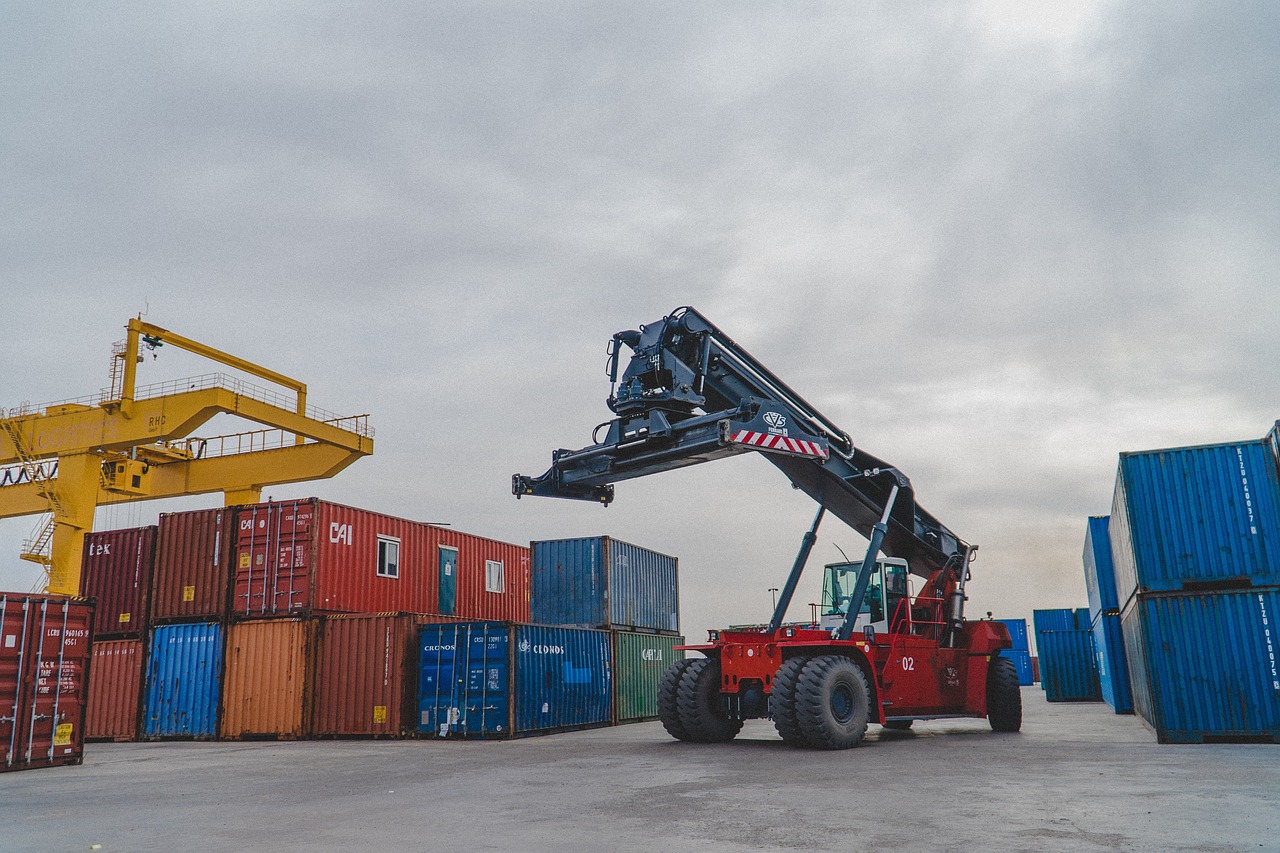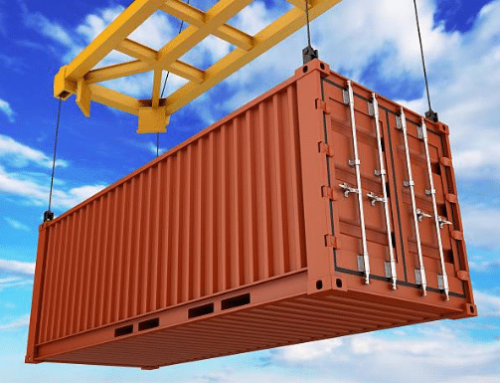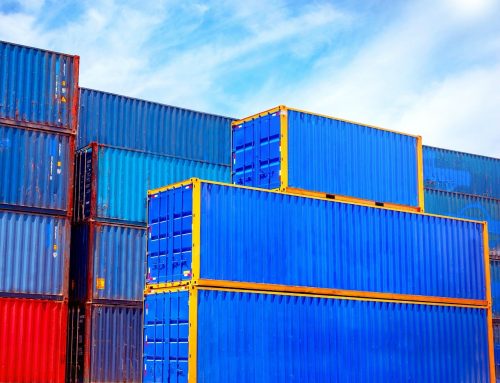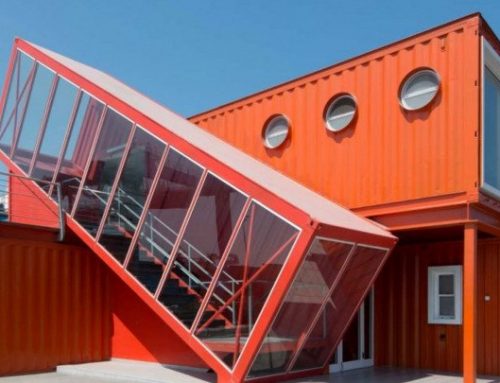The world runs on shipping containers, no matter what country or city, there is a need for shipping containers to ship various goods and services from country to country, and the most optimal, cost-effective way was discovered in shipping containers, largely modern shipping is such a crucial part of global trade that even stopping for a moment can cause global catastrophes such as the recent blocking of the Suez canal.
So what are shipping containers exactly, why does the world run on them, and why are they the optimal device for delivering and storing cargo on a global scale?
There is a lot to break down about why shipping containers are so important, their uses, builds and designs have a storied history, but how they came to be essential to global commerce is also incredibly interesting as you would be surprised to learn that modern shipping started as early as 1956.
Malcolm Mclean was an American businessman and entrepreneur who created the intermodal shipping container which would revolutionize commerce around the world, earning him the name of the father of containerization and becoming the international standard for trade commerce.
His invention would drastically lower the price of shipping goods overseas which were generally shipping as break bulk or small cargo metal box and storage units, they would also offer much more security and stability than the common practices at the time, and due to their size and shape could be stacked almost indefinitely, increasing the yield of goods shipped on one cargo ship, also, the load and unload time was significantly downsized when transporting goods.
Over time, the shipping container would take over the majority of global commerce and allow for more globalization of goods to occur, what would have once taken hiring an entire ship to send or deliver goods, can now be loaded onto a ship with multiple other containers that are sailed all over the world, meaning many of the worlds favorite foods, items, electronics, products, entertainment and more could be constantly supplied to each other even if two countries are separated by thousands of kilometers.
So, the question becomes, why exactly are shipping containers so amazing and how have they evolved since 1956?
That question is answered in two parts, since the rise of containerization, modern shipping is now as much a part of daily life as your morning coffee is, and it’s not just food or items that can be shipped now.
Hazardous, dangerous, or delicate materials used to be a risky venture going overseas, now however with a myriad of different container options, sizes, and types and almost anything can be safely shipped overseas without the constant need for checks or crewmates on hand to ensure the safety of the contents and to the shipper.
But enough about the history of containers, what are some of the options for shipping containers and how can the benefits of modern shipping help you in directly understanding how amazing this invention is and what it can do for your business?
Let’s take a look below at the most “common” container that is seen all across the globe, the standard shipping container.
Standard shipping containers are large, weather-resistant boxes that can be used to store and transport cargo goods by ship, train, or truck. They are typically made of steel or aluminum and are designed to withstand the rigors of international travel. Shipping containers come in a variety of sizes, but the most common ones are 20 feet (6 meters) long and 40 feet (12 meters) long.
There are many reasons why shipping containers have become so popular in recent years. One is that they offer a cost-effective way to move goods around the world. Shipping companies can pack more containers onto a vessel than they could with traditional methods, which reduces fuel costs and transit times.
Another reason is that containers can be used for a variety of purposes beyond shipping. For example, they can be converted into office space, storage units, or even homes. This versatility makes them ideal for use in disaster relief efforts, as they can be quickly repurposed to provide shelter or supplies.
Finally, shipping containers are seen as a more sustainable option than other methods of transportation. Because they are reusable and often made from recycled materials, they generate less waste than traditional methods such as wooden crates or cardboard boxes.
And this is just the standard shipping container used for general purposes, now days we see shipping containers being used by restaurants, they’re a great way of creating portable buildings that can be outfitted with a full kitchen so that your store can be front and center at events and can be moved around with different modes of transport.
Another very common use we’re now seeing for shipping containers in a new industry is turning them into full-fledged parts of the house or even creating a house solely with them!
With the current housing, crisis shipping containers make a fantastic, cost-effective way to alleviate space problems in your house and provide additional storage, much like we discussed earlier on, shipping containers have gone through modernization since the days of Malcom McLean and have been upgraded and iterated on to suit growing needs, with the housing we see the shipping container that was once used solely for shipping goods across the oceans of the world, now become complete parts of a house.
They can even be outfitted with modern comforts such as bathroom blocks with showers, toilets, and more, kitchen spaces with sinks, ovens, and pantries, or can be converted into media rooms with their own built-in air conditioning which is great given Australia’s harsh climate, especially if you’re in the northern parts of the country.
Whilst the range of shipping containers is vast and varied, one thing remains the same, the world runs on containers which are now an essential part of business and are now becoming an essential part of everyday living from cafes and bars to housing and storage options the humble shipping container has come a long way in just a few short decades.
Here is a quick list of some of the containers available:
- Food grade
- Double doors
- Side opening
- Open top
- Refrigerated shipping/temperature controlled
- Flat rack
- 20 feet/40 feet
While not an exhaustive list, these are the most common we see being used around various industries, there really is no shortage of shipping container customization and individual modification that can be done to completely transform a shipping container into almost anything you can need when it comes to storage or safely transporting any materials across the oceans.
If you’re considering using shipping containers for your business or personal needs, there are a few things to keep in mind. First, make sure to choose the right size container for your needs. Second, be aware of the weight and volume limits for each container, as overloading them can cause damage. Finally, work with a reputable shipping company that has experience in handling containers. By following these tips, you can ensure that your goods arrive safely and on time.







Leave A Comment